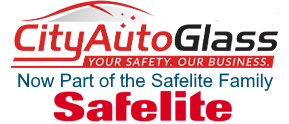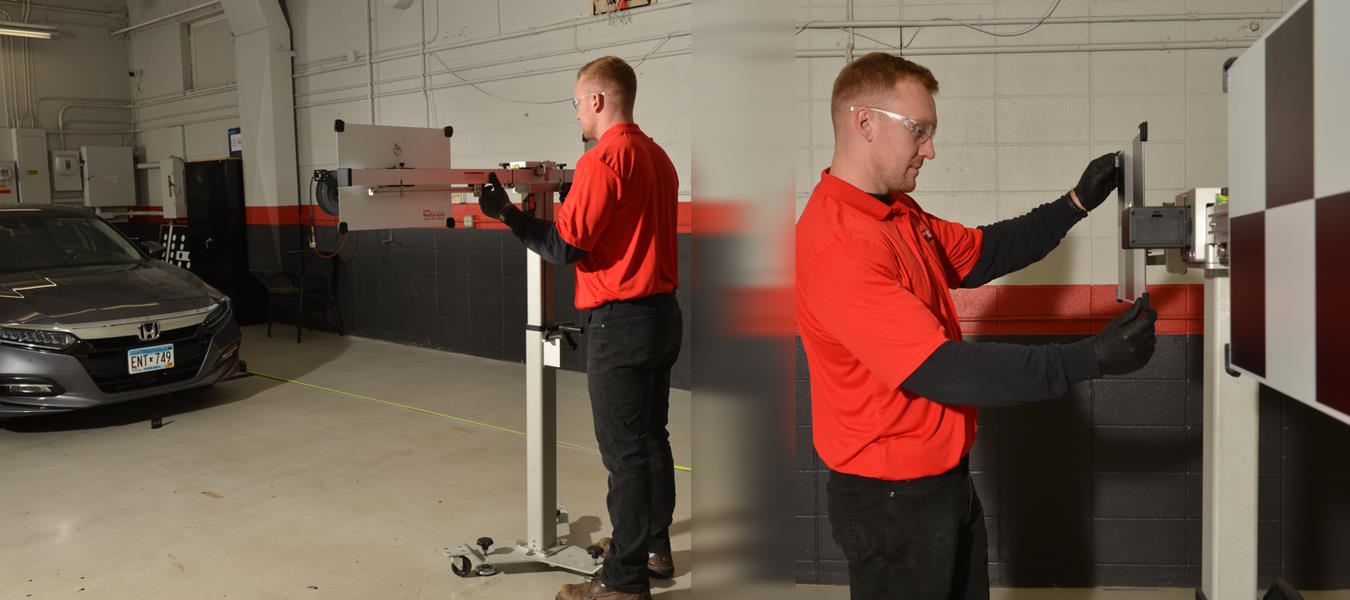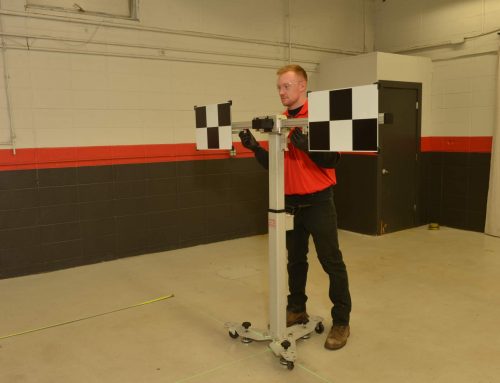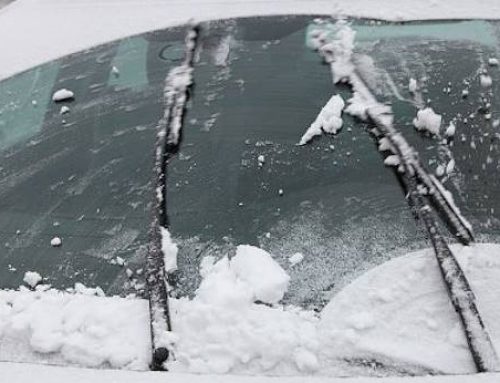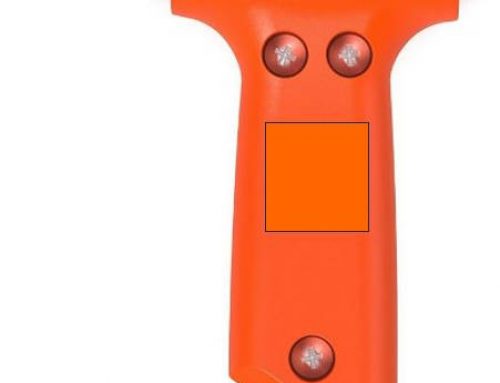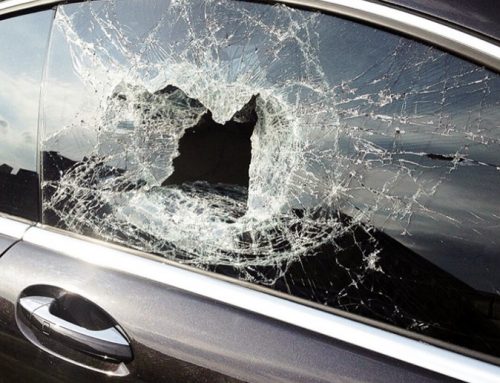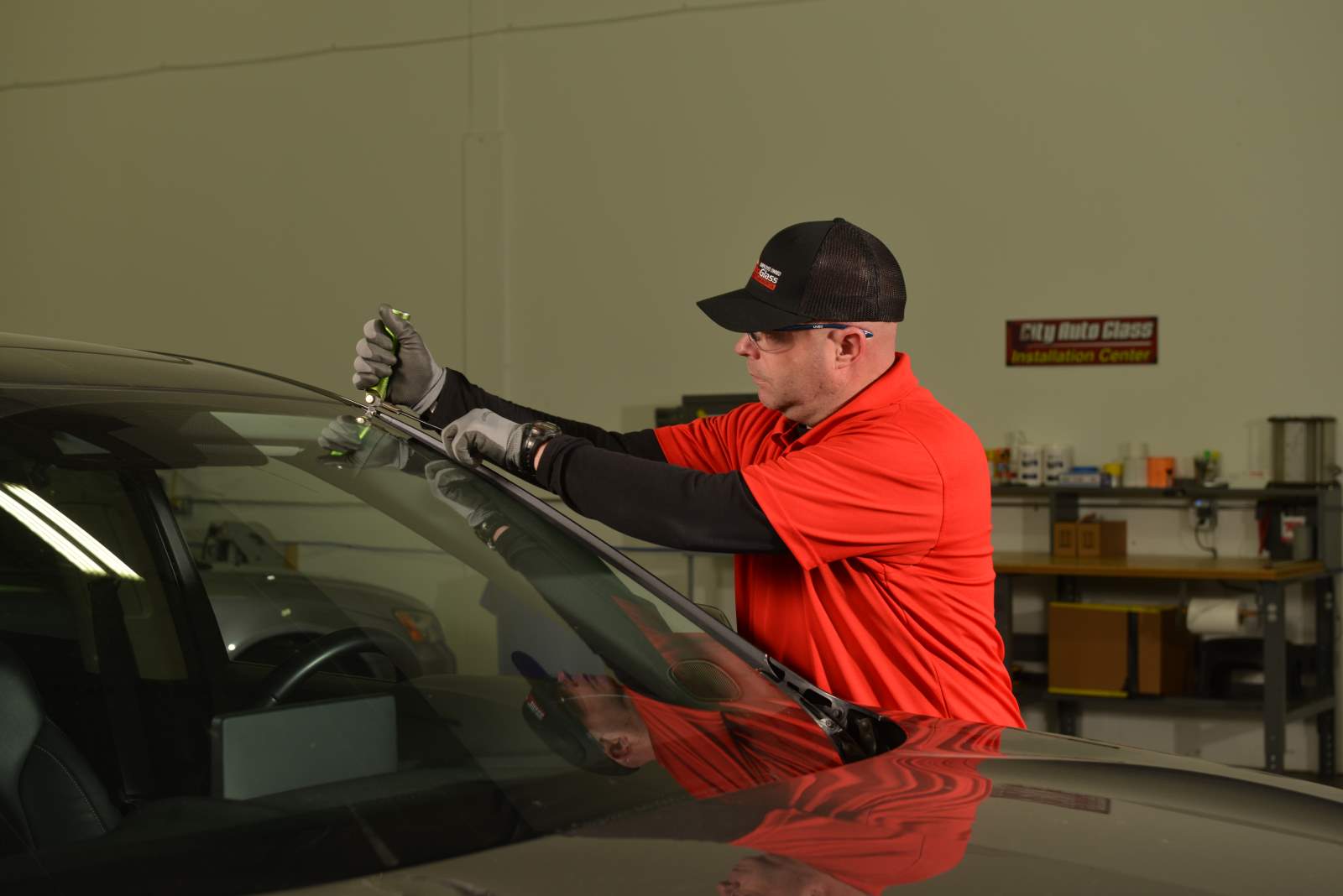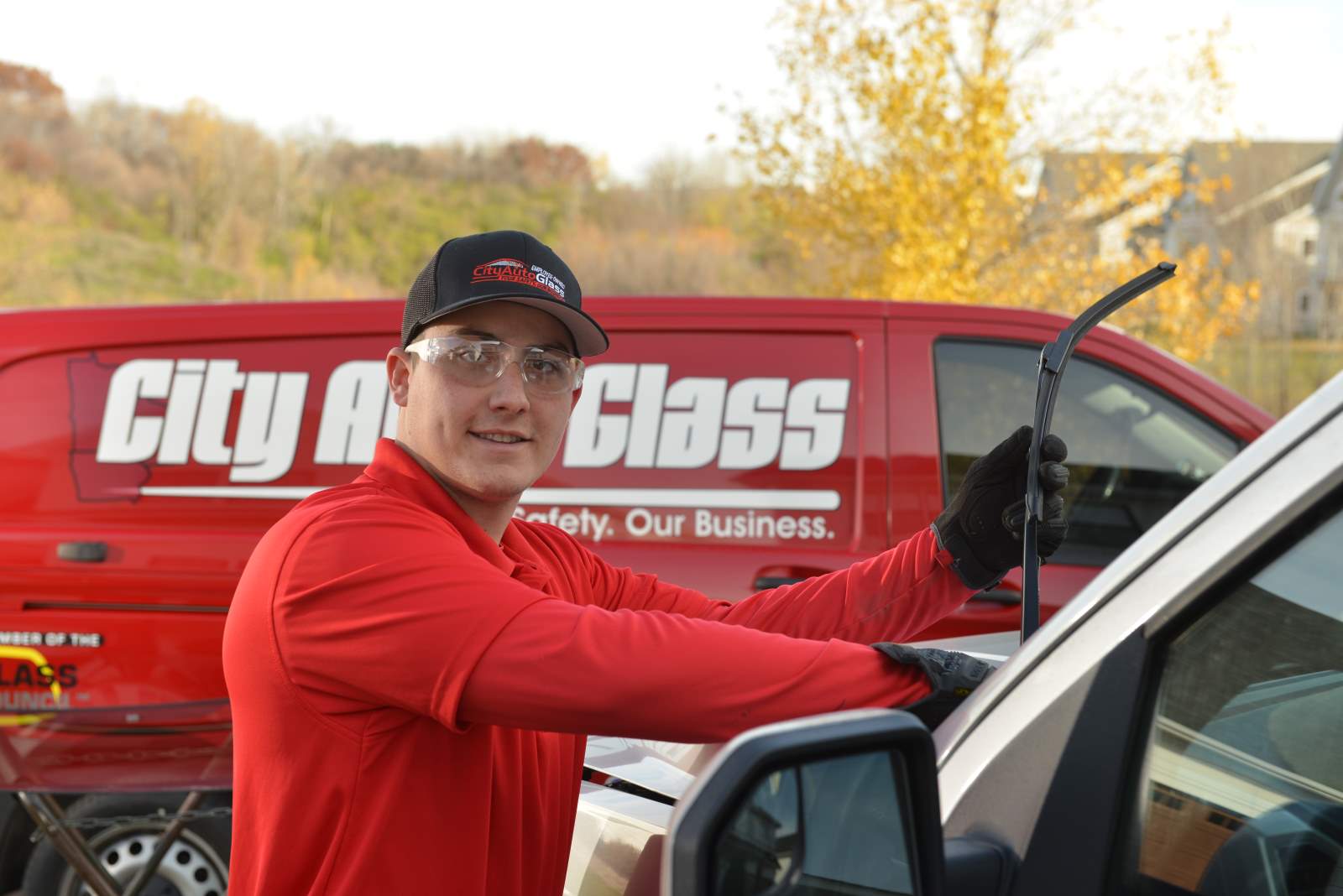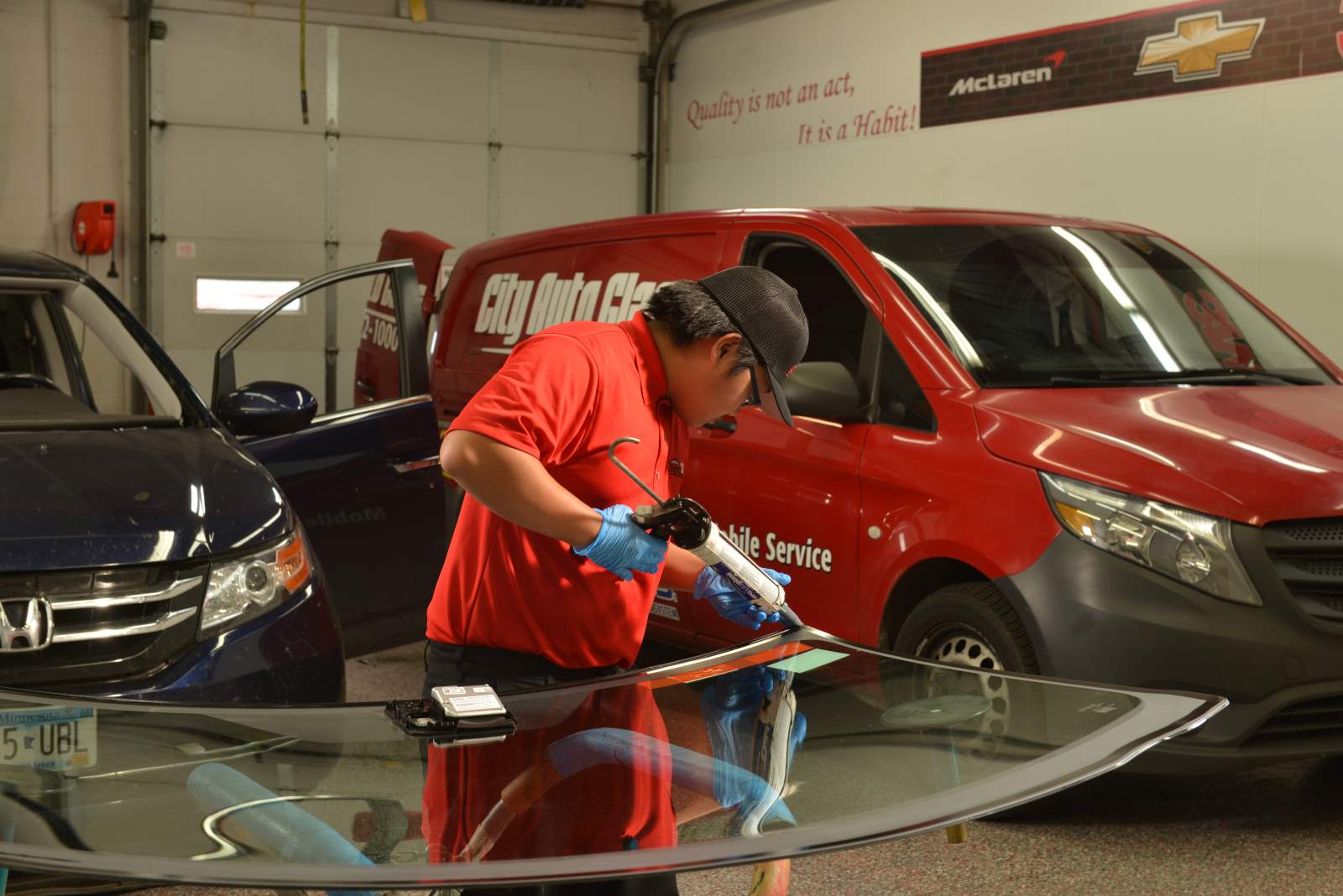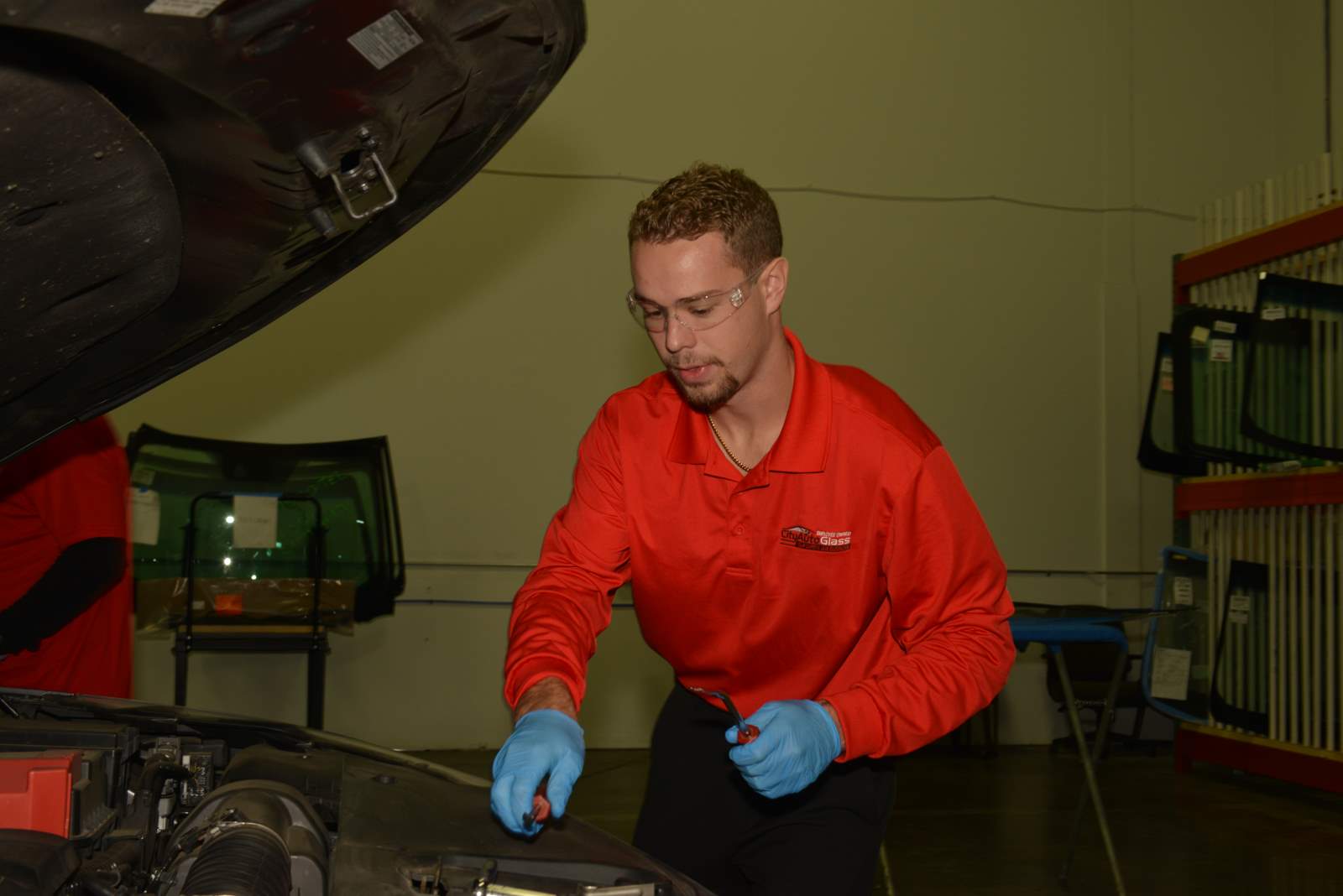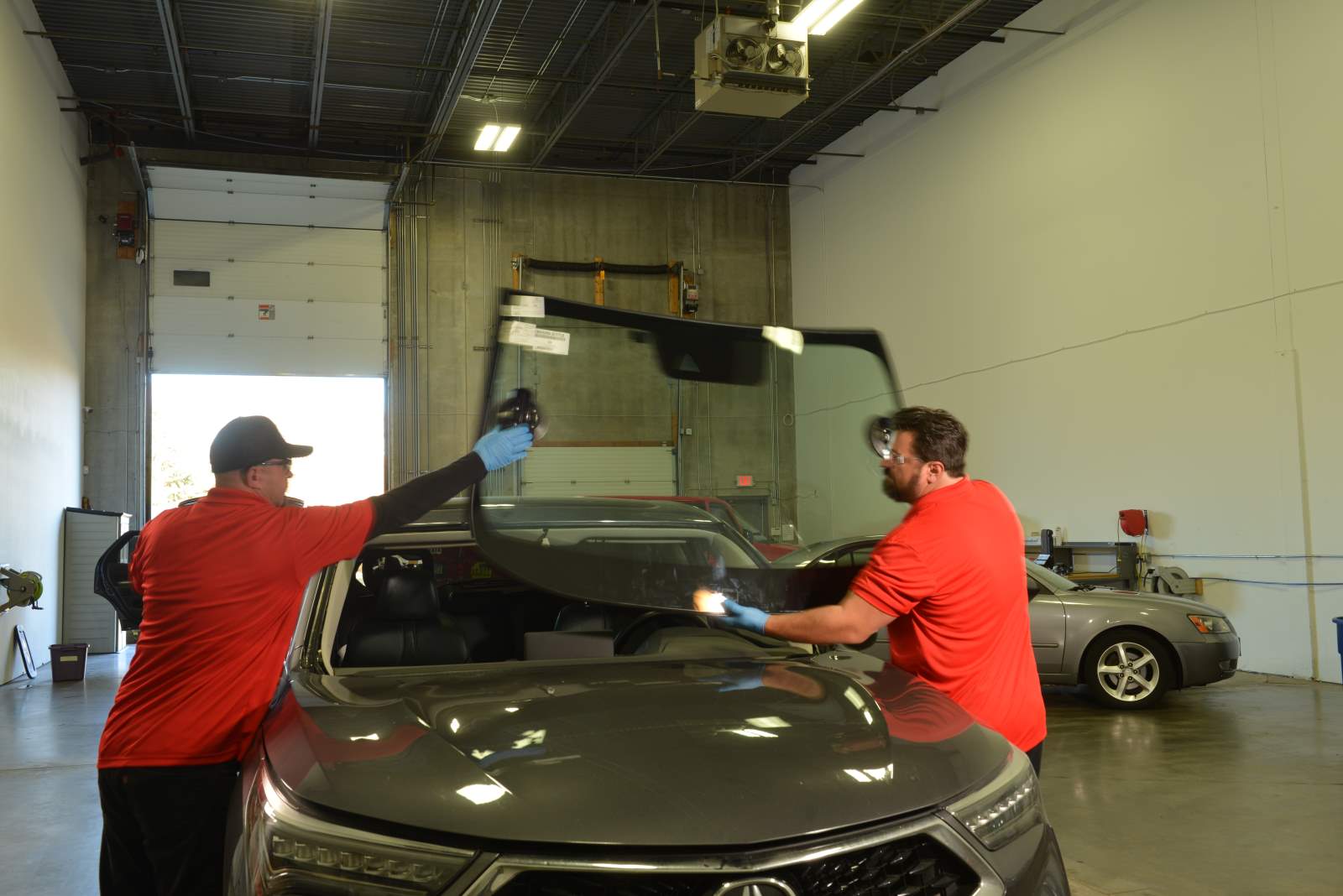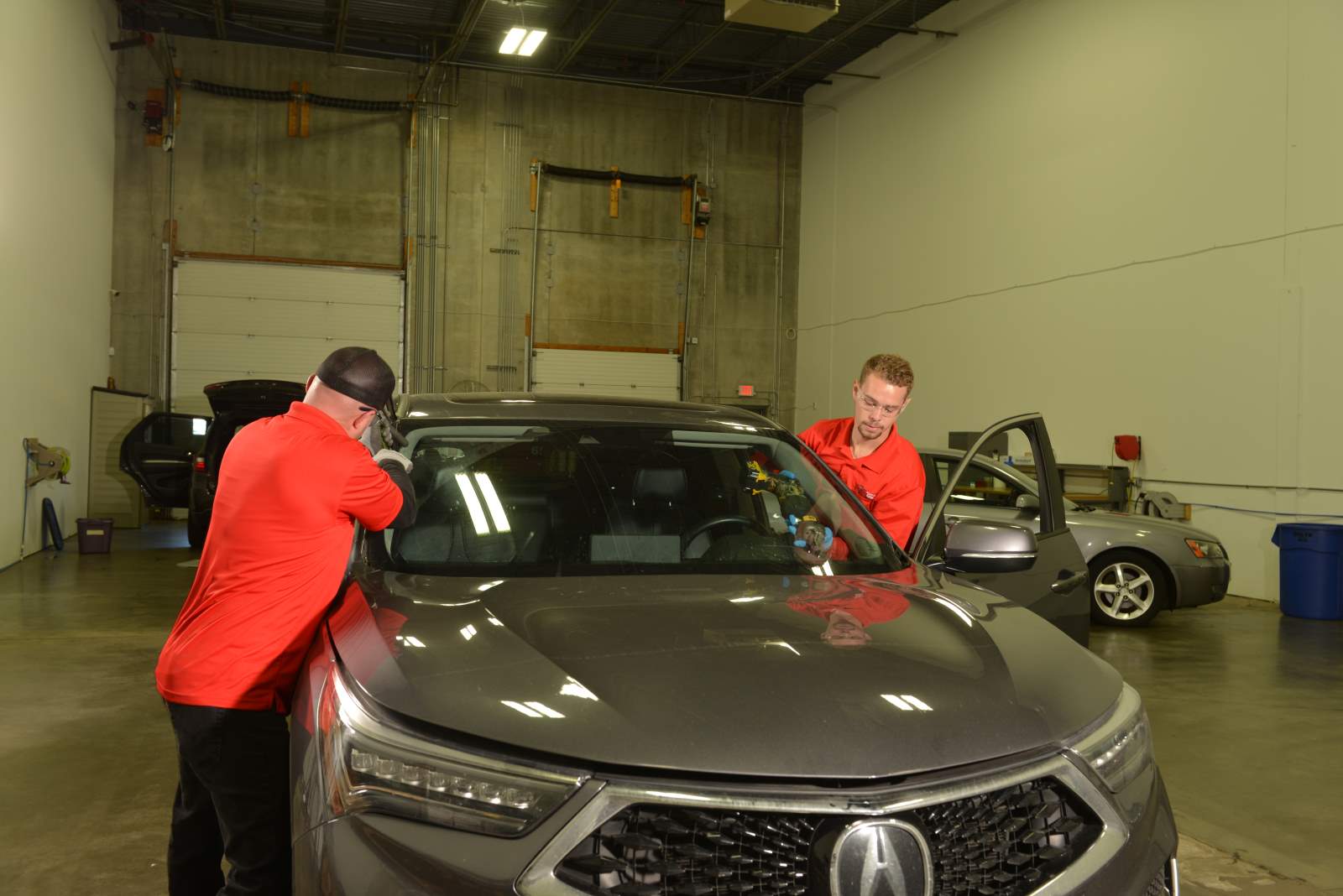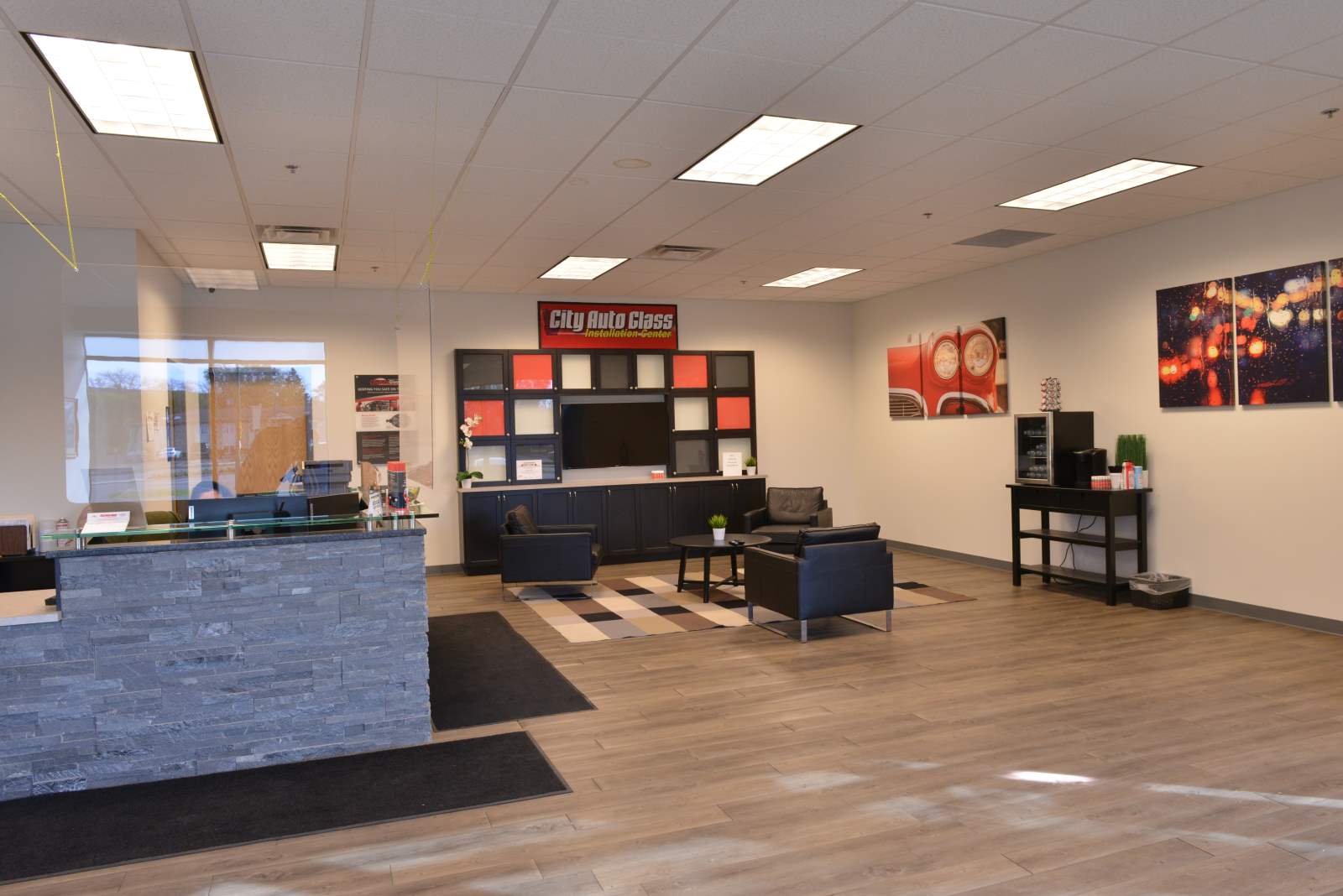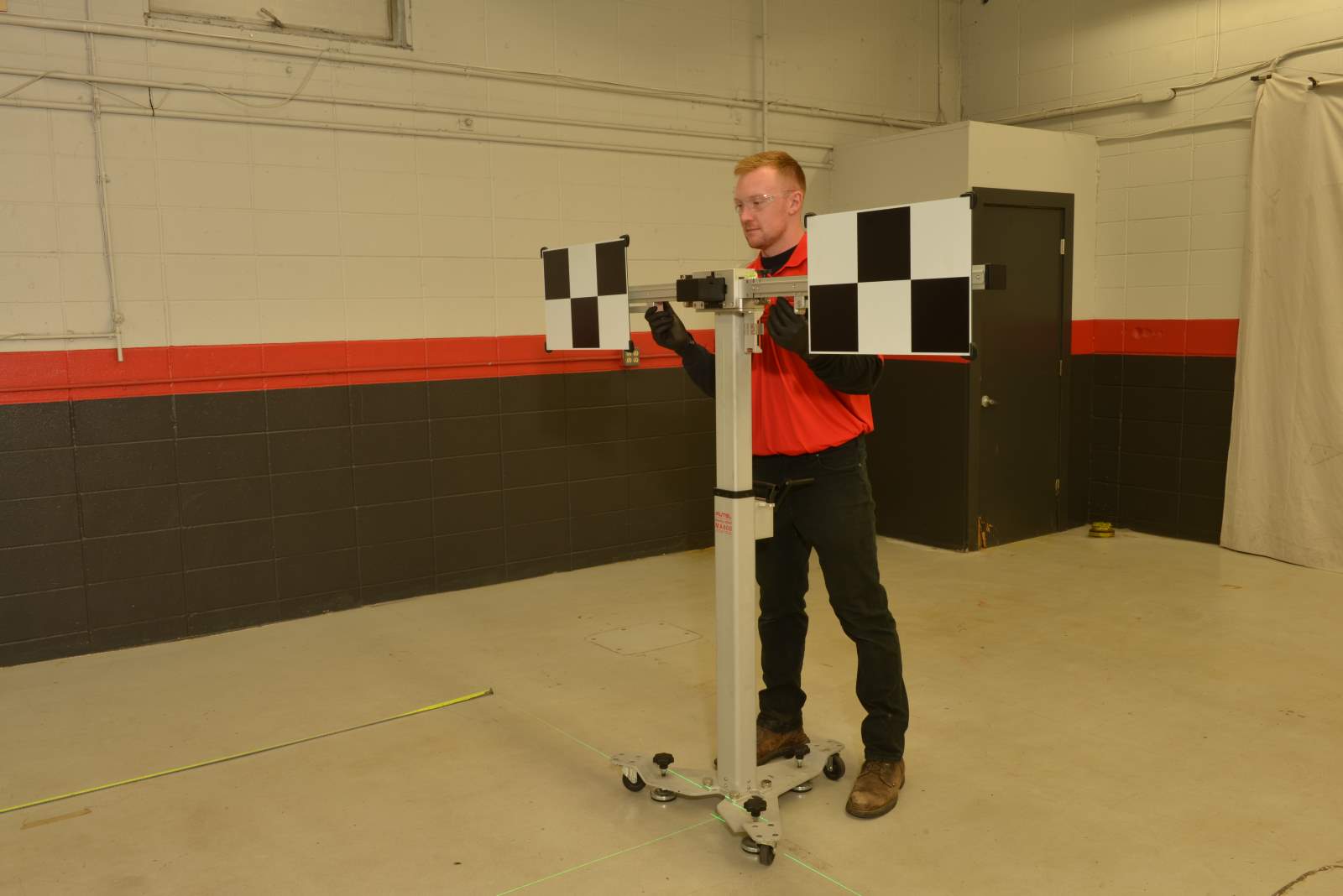A recent survey by the Insurance Institute for Highway Safety (IIHS) reveals some vehicle owners with advanced driver-assistance systems (ADAS) face ongoing problems with their crash avoidance technology after auto repairs.
Over 3,000 vehicle owners with ADAS systems were surveyed, and while most didn’t require repairs to the crash avoidance system, those that did reported persistent issues after the repairs.
Approximately half of drivers that needed ADAS system repairs said the problem continued after the repairs were completed, with many needing the same feature repaired several times.
Crash Avoidance Systems
Crash avoidance features are increasingly common in modern vehicles to improve road safety. Data from IIHS research shows that certain systems, such as front collision warning, blind spot detection, and rear-view cameras, significantly reduce auto collisions.
For example, the IIHS found that automatic emergency braking (AEB) reduced reported rear-end collisions by 50%.
So, while it’s clear that crash avoidance systems prevent collisions as intended, repairing a faulty or damaged system is not always straight-forward.
Furthermore, research suggests that ADAS systems are typically durable, not needing repairs even after several years of use.
For instance, the Highway Loss Data Institute (HLDI) found that insurance claims for Subaru and Honda vehicles with crash avoidance features were consistent over five years.
However, issues appear to arise with vehicles that need system calibrations after other auto maintenance and repairs. Calibrating these systems is complex and time-consuming, increasing the cost of otherwise routine auto repairs.
For example, a standard windshield replacement averages between $200-$400, while a windshield with a front collision warning typically costs $1,000 or more.
The IIHS survey asked approximately 500 drivers about their experience getting repairs to their driver assisted cameras.
Some needed repairs to several cameras, often at the same time, while others reported multiple reasons their system was repaired.
ADAS Repairs & Windshield Replacement
For instance, common reasons for needing ADAS repairs include a windshield replacement, collision damage, or a warning message from the system.
Also, ongoing problems after repairs are most common for systems that were repaired due to collision damage or because of a windshield replacement.
For example, almost two thirds of vehicle owners with ADAS features that received a windshield replacement reported continued problems with the system after the replacement.
Similarly, close to three quarters of vehicle owners that had their systems repaired due to collision damage also faced problems with ADAS features post-repair.
Conversely, fewer than half those that had ADAS features repaired for different reasons had ongoing problems.
So, why do windshield repairs and replacements cause so many problems to ADAS technology?
One reason is that these types of repairs require precise calibration of the cameras and sensors.
Most vehicle manufacturers require system recalibration once sensors are repaired, replaced, or temporarily removed to ensure they remain safe and functional.
Therefore, it’s likely that the high volume of post-repair issues is because auto technicians find the ADAS calibration process challenging.
It’s understandable, as calibration is a complicated process that requires experience, knowledge, and specialist equipment.
Also, calibration software is constantly evolving, so many auto shops find their equipment is quickly outdated, while a lack of standardized industry processes provide further challenges.
Unfortunately, persistent issues with crash avoidance systems after vehicle repairs may cause some drivers to deactivate the system. In doing so, drivers lose the proven safety benefits of an ADAS system, highlighting the importance of addressing post-repair issues.
How City Auto Glass Sets Itself Apart From the Competition
While many service providers wait at the mercy of manufacturers to develop “smarter” systems, there are some auto glass repair and replacement companies that have chosen to remain invested in safe and sure calibrations of these safety systems.
When calibration procedures are carefully followed according to the vehicle manufacturer and Auto Glass Safety Council standards, these advanced driver assistance systems will work as designed after repairs are completed.
City Auto Glass, Inc. is one such company that invests in the latest technology, tools and training to stay current on all the automotive technology advancements and how to properly calibrate and verify proper operation of these systems. By choosing a company dedicated to putting the safety of their customers first, you will be able to drive away with confidence.
